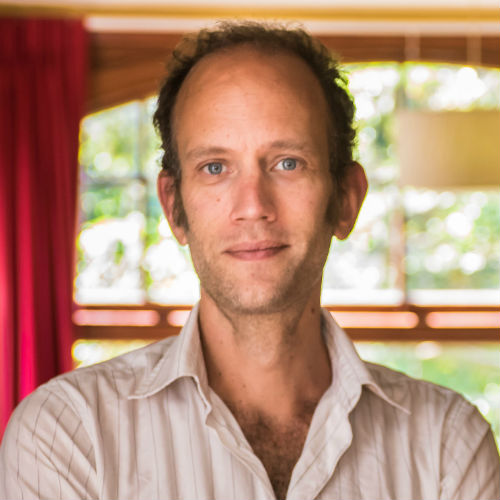Science and the Arts
Art and science have been entwined with one another as often as they have been separate.
European Renaissance figures such as Leonardo da Vinci were scientists and artists, and would not necessarily have seen the two practices as distinct; and for mātauranga Māori, scientific, artistic, cultural and practical ways of knowing the world are inextricably interwoven. Field sciences such as botany and geology have traditionally been tied up with artistic histories of specimen drawing; painting has relied on scientific theories of optics; and photography has often presented itself as scientific as well as artistic, both revealing new things about the world and creating new images of it.
Thinking about the contemporary relationship between art and science can challenge the assumption that they are separate spheres. It can mean thinking about how science can inform the arts, and also about how the arts can influence the sciences. Collaborations between artists and scientists, as well as scientifically and technically informed artworks, are now familiar in the contemporary art world. They include transgenic artworks, which intervene directly in genetic structures of living organisms, as well as works that use and respond to digital technologies and address environmental issues. Literature also engages with science, as in hard science fiction and climate fiction, which use science in imagined future settings.
Art offers science not just new aesthetic perspectives on the results of science, but different paradigms for research activity. It can push experimental boundaries in ways that are not usual in science institutions.
In the School of Science in Society, we are interested in fostering relations between art and science, and in creative research methods in science in society. Tim Corballis, for example, works widely on collaborative and individual creative projects involving scientific topics.
His most recent novel Our Future is in the Air, for example, plays with the language of science and the influence of technology in speculative mode. Tim’s art collaborations include the exhibition Human Hand with lens-based practitioner Fiona Amundsen, shown in 2020 at the Dowse Art Museum, which explores links between space and military technology, closed ecological systems experiments and utopian architecture to ask about how to understand and care for the world.
Rebecca Priestley writes science-focused creative nonfiction, with a focus on Antarctica, sea level rise and climate change. Her most recent book is Fifteen Million Years in Antarctica and her essays have been published in literary anthologies about Nature and Antarctica.
For more information, please contact:
Senior Lecturer
School of Science in Society

